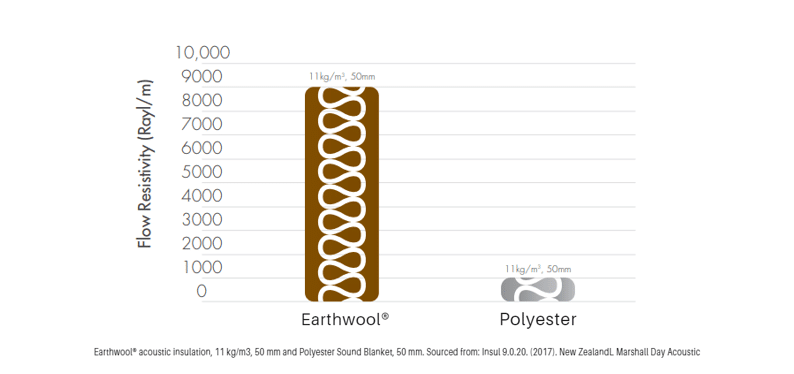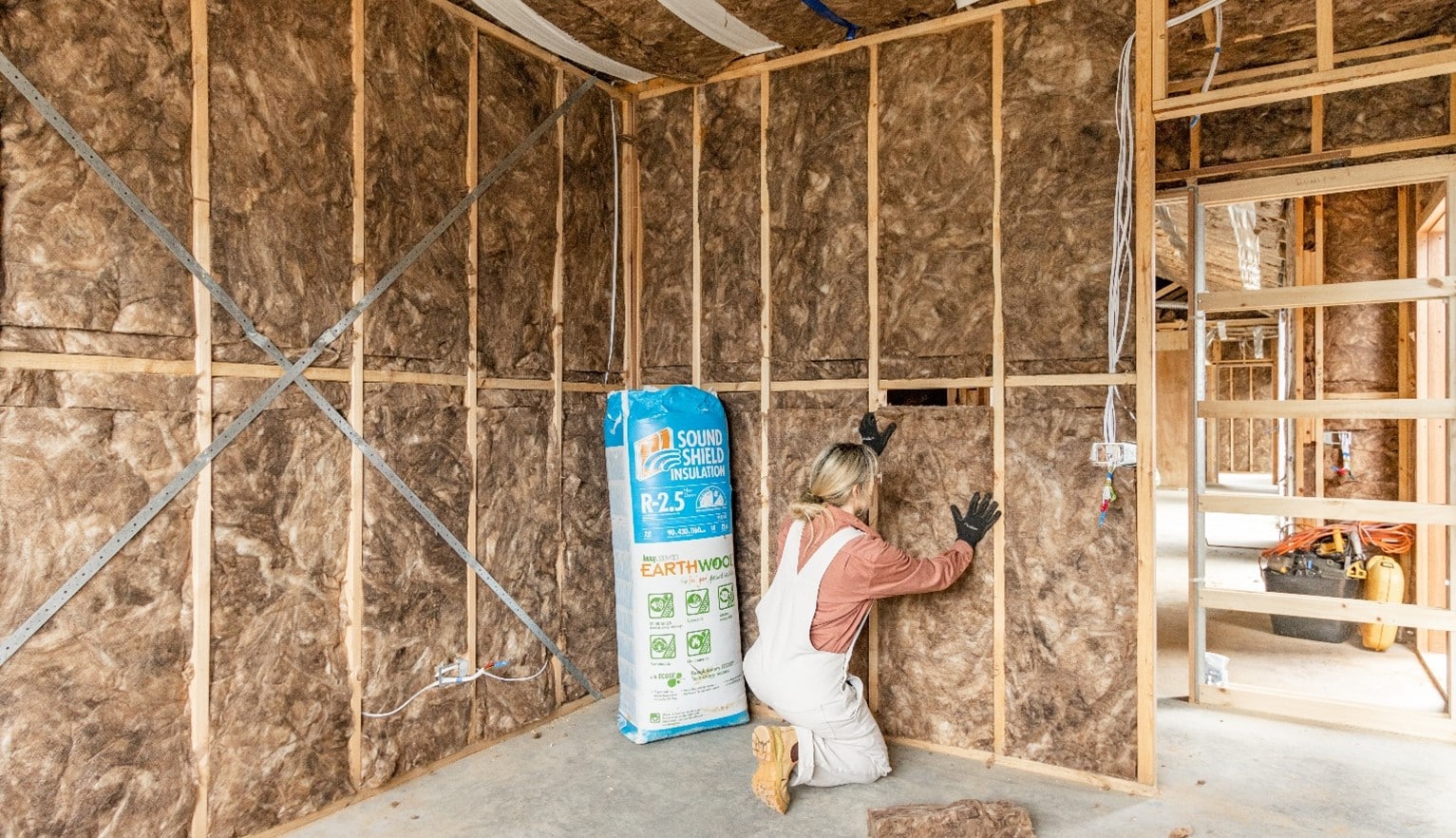
Noise may start as a nuisance or something you can adapt to, but excessive or consistent noise over time can have a very real impact on your health. Noise can lead to several health issues, including: altered sleeping patterns or sleep deprivation, headaches, increased blood pressure, fatigue, irritability, poorer reading comprehension and attention in children. One of the easiest and most economical ways to improve the acoustic comfort of your home is to install glasswool insulation.
In fact, insulation offers more than just keeping interiors warm in winter and cool in summer. It is a vital element in any DIY project thanks to its ability to improve a home’s acoustic performance, which in many ways is just as important as climate control.
Why acoustic insulation is important?
Acoustic insulation provides a range of benefits to any home including:
- Added privacy. One of the most significant realizations to emerge from the COVID-19 pandemic is the importance of good acoustics at home. Having to work and study from home created all sorts of challenges, not least the need for privacy and quiet. Reducing noise flow throughout the home creates quieter bedrooms and nurseries, peaceful study spaces and home theatres that don’t blast noise to unwanted areas.
- Greater home value. Not only does acoustic insulation provide a marketable feature to any home, but it improves the long-term peace and comfort for current occupants.
- Thermal performance. Acoustic insulation also contains thermal properties that allow it to help reduce heating and cooling costs the same way traditional insulation would.
Ultimately, acoustic insulation for your next DIY project is not just an investment into a more comfortable home, but an investment in your health and everyday wellbeing.
How acoustic insulation works
Acoustic insulation is designed to absorb sound waves and reduce the transfer of airborne noise and impact noise:
- Airborne noise travels through the air and is generated from a variety of common sources such as voices, TVs, music and household appliances, or urban noise, which can include outside traffic, neighbourhood animals, or road and building construction.
- Impact noise is produced when noise directly or indirectly impacts surfaces across the home. Examples are heavy footsteps on wooden floorboards, banging doors, furniture scraping, loud music vibrations, and plumbing noises. Harder and smoother surfaces, like marble or concrete, will create more unwanted noise that others.
If we look at the glasswool under a microscope we can see it is full of holes and air pockets in between the individual fibers. When the sound energy impinges on the insulation it is impaired by the air pockets and is thus converted into heats energy meaning less sound energy makes its way through the partition resulting in an increased level of sound reduction.

The technical side to acoustic insulation
One way to measure the acoustic performance of an insulation material is to use air flow resistivity which measures the ability of a material to resist the passage of air through it. The higher the flow resistivity, the better an insulation product will absorb sound and reduce the transfer of noise. The following table compares the density and Flow Resistivity of Earthwool® insulation and polyester products that are commonly specified for acoustic performance in wall systems.

For example, Earthwool® provides a flow resistivity of 9000 Rayl/m compared to polyester, which is 580 Rayl/m. This is because tiny air pockets are created within the glasswool during manufacturing, resulting in a higher flow resistivity value compared to common insulation products used for acoustic applications, such as polyester insulation and other mineral wool products.
What else do I need to know?
While most insulation batts have some acoustic benefits, not all products are the same. Earthwool® SoundShield range of products have been specifically designed high density to maximise the acoustic performance and reduce the transfer of noise.
 When installing, remember –
When installing, remember –
Acoustic insulation should never be taken for granted. It’s properties allow homes to become sanctuaries that keep undue noise out and ensure our mental and physical wellbeing. Acoustic insulation can be installed in your internal walls and underneath floorboards. It is a good idea to ensure insulation is added between floors if your house has multiple storeys. Watch our installation video as we take you through the installation process step by step to insure installing Earthwool® insulation wall batts is quick and easy.
